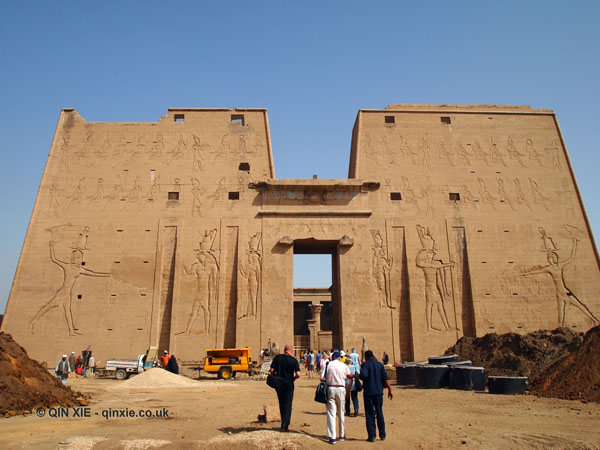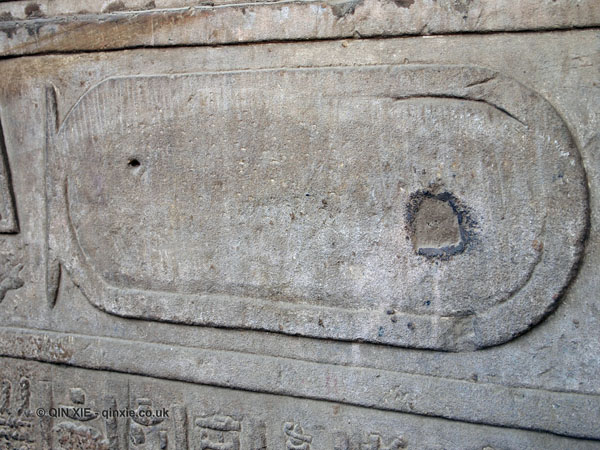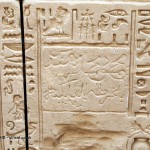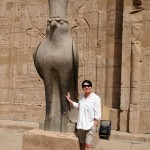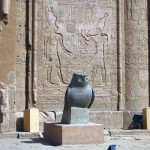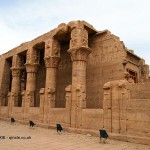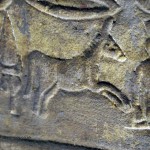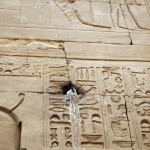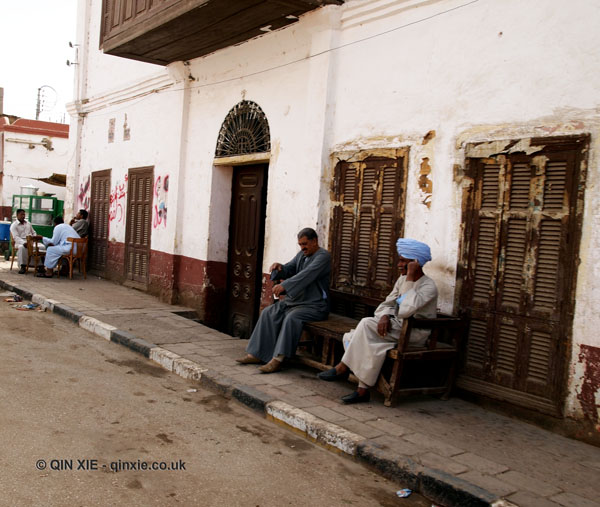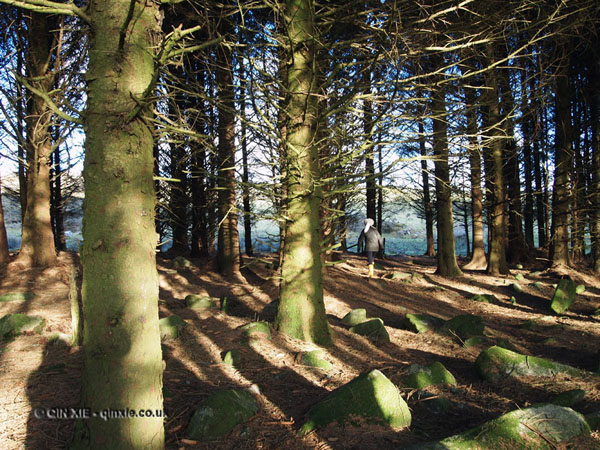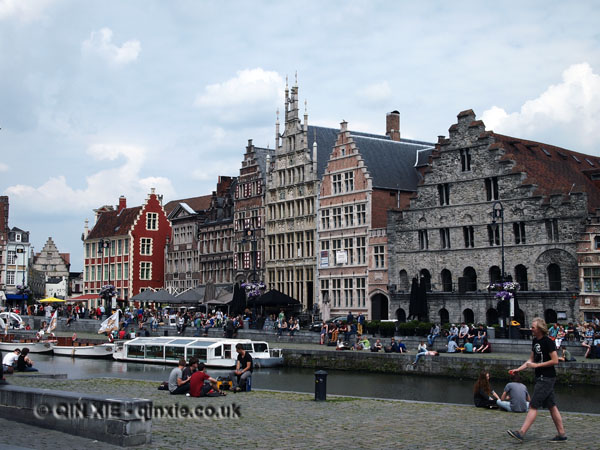Temple of Horus and the city of Edfu
Culture Explorer uses affiliate links, including those from Amazon, which are identified using an *. If you buy something through the link at no extra cost to you, Culture Explorer may be paid a commission, which helps to fund running of the site. You can read more about this here.
This post is part of the collection from Classic Egypt – a trip up the Nile
Temple of Horus
The Temple of Horus at Edfu was built during the Ptolemaic period, after Alexander the Great conquered Egypt.
It is said that the temple was built as a sign of good will towards the Egyptians as it was built in the Ancient Egyptian style.
However, it also showed some of Egypt’s past turmoil, with parts of the temple remaining unfinished or otherwise damaged.
The cartouches, for example, would have depicted the name of the Pharaoh who built the temple, but these were never filled in. Many of the images of the Pharaohs were also chiselled out by later occupants of the temple.
Even so, as perhaps one of the best kept temples in Egypt, this is the place to see detailed hieroglyphs on worship rituals in Ancient Egypt.
You can even see the original artefacts used in worship. And of course, there is also the most well-kept statue of Horus.
City of Edfu
To get to the Temple of Horus, you have to (OK you could, but there aren’t many cars around) take a short ride on a horse-drawn carriage, which takes you through the city.
It’s clear from the closed shops that at the height of the tourist season in the past, this would have been a popular destination. It’s also more traditional and less touristy than some of the other stops.
What I had read after my visit was that the city of Edfu was not only home to the Temple of Horus but also to a number of other archaeological sites of historical and cultural interest, such as the Tell in Edfu and the Edfu Pyramid.
There was no time on this trip, but perhaps next time.
